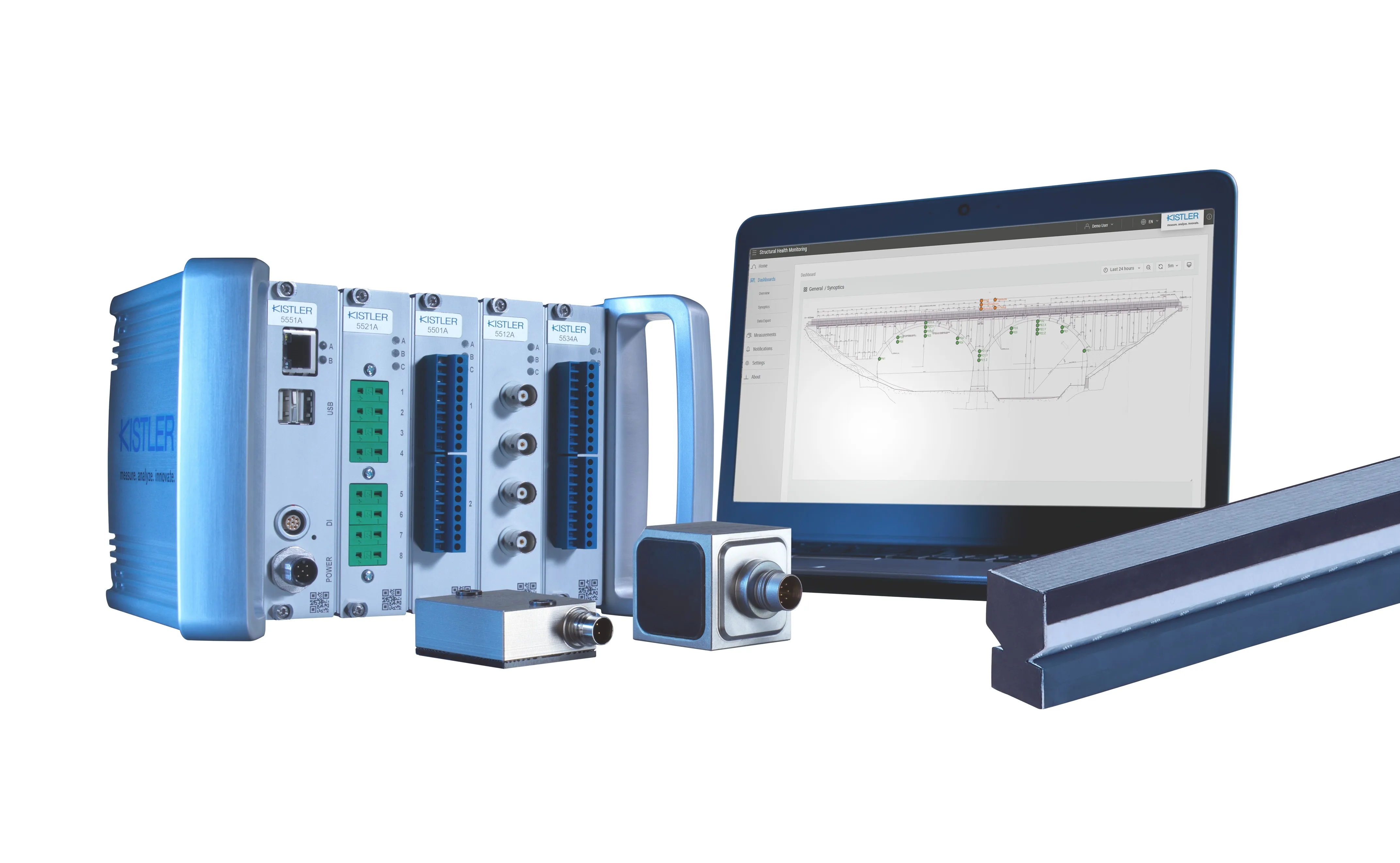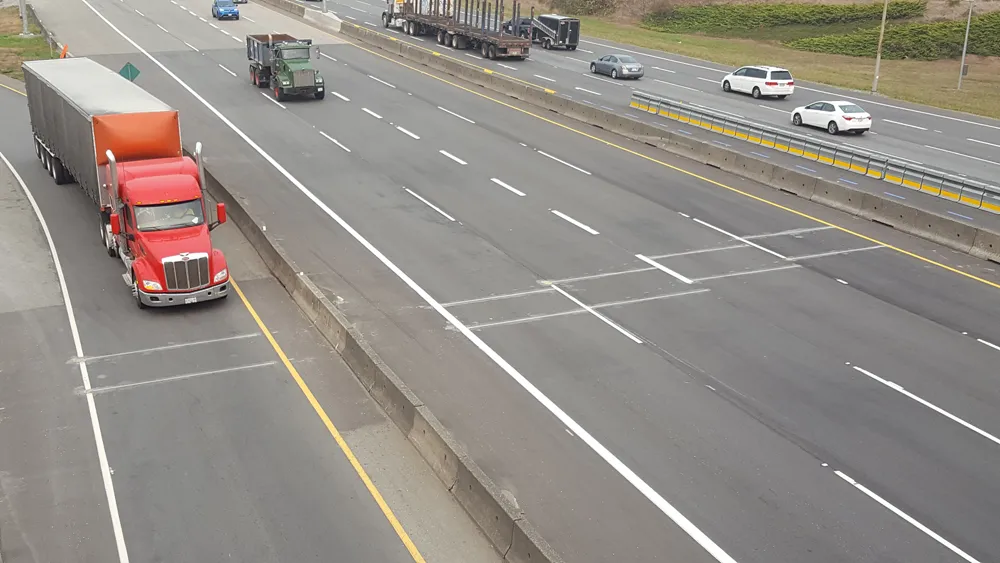
With a new cloud-based software platform, Kistler says it now offers complete bridge structural health monitoring (SHM) - from sensor to data - in combination with Weigh in Motion (WiM) systems.
Kistler says its solutions use enhanced software functions for automated monitoring and alerting in the event of damages. In this way, the overall bridge performance is thoroughly assessed using site-specific information, enabling targeted interventions to enhance bridge condition and extend service life.
For a comprehensive structural assessment there are many parameters to consider, such as vibration, strain, traffic load and wind. But determining and monitoring the structural condition of a bridge is very difficult using only visual inspection - which often are also carried out at lengthy intervals.
Kistler said that its WiM technology is fully integrated into its SHM system in order to monitor traffic 24/7 and automatically determines axle and vehicle loads at any speed without disrupting traffic.
Key traffic data is captured and made easily available on the SHM data platform, with information such as vehicle loads, overloaded vehicles and cumulated traffic loads passing the bridge. The result is a synchronised set of data set for advanced evaluation of the bridge structural parameters in combination with real traffic data.
All data is available from the Kistler Cloud. Additionally, the cloud-based software platform offers a variety of special features that benefit bridge operators: notifications and alarms deliver immediate information when conditions change or defined thresholds are exceeded.
Triggers can be set to easily collect relevant data sets in case of special events - event-based triggering - or on a regular basis, called time-based triggering.
“Our SHM & WiM systems ensure the collection of a comprehensive, robust, highly accurate and synchronised dataset, measuring all actions and resistances on the bridge,” said David Cornu, head of traffic solutions at Kistler. “This allows for a direct comparison of the bridge’s capacity with the effective loads, providing an accurate insight into its overall performance."
Kistler says its engineers will also assist with infrastructure assessment, system design, installation and operation in order to set up a customised SHM solution.










